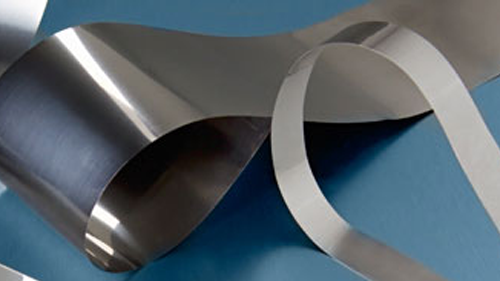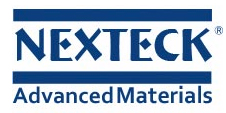Thermodynamically-efficient, fatigue-resistant elastocaloric cooling materials have been synthesized by additive manufacturing. 3D printing of metals allows versatile shape designs (e.g. a honeycomb structure) of the solid-state refrigerants which also act as heat exchangers in environmentally-friendly cooling systems. Scientists at the University of Maryland (UMD) have developed a novel elastocaloric cooling material, comprised of a nickel (Ni)-titanium (Ti) alloy and sculpted using additive technology, that is highly efficient, eco-friendly and easily scaled-up for commercial use. If possible, Nexteck Technology will be honoured to provide nickel and titanium alloy for this new elastocaloric cooling material.
Cooling technology, used in refrigeration and HVAC systems around the globe, is a multi-billion dollar business. Vapor compression cooling, which has dominated the market for over 150 years, has not only plateaued where efficiency is concerned, but also uses chemical refrigerants with high global-warming potential (GWP). Solid-state elastocaloric cooling, where stress is applied to materials to release and absorb (latent) heat, has been under development for the last decade and is a front-runner in the so-called alternative cooling technologies. Shape-memory alloys (SMAs) are found to display a significant elastocaloric cooling effect; however, presence of hysteresis—work lost in each cycle and cause of materials fatigue and eventual failure—remains a challenge.

To that end, an international team of collaborators led by UMD A. James Clark School of Engineering Professor Ichiro Takeuchi has developed an improved elastocaloric cooling material using a blend of nickel and titanium metals, forged using a 3-D printer, that is not only potentially more efficient than current technology, but is completely 'green.' Moreover, it can be quickly scaled up for use in larger devices.
Comparatively speaking, there are three classes of caloric cooling technology—magnetocaloric, electrocaloric and elastocaloric—all of which are 'green' and vapor-less. Magnetocaloric, the oldest of the three, has been under development for 40 years and is just now on the verge of being commercialized.
"The need for additive technology, otherwise known as 3-D printing, in this field is particularly acute because these materials also act as heat exchangers, delivering cooling to a medium such as water," said Takeuchi."The key to this innovation that is fundamental, but not often discussed, is that materials fatigue—they wear out," said Takeuchi. "This is a problem when people expect their refrigerators to last for a decade, or longer. So, we addressed the problem in our study."

The team tested their creation heavily—the material underwent one million cycles over a four-month period and still maintained its integrity. "Some known elastocaloric materials start showing degradation in cooling behavior after just hundreds of cycles. To our surprise, the new material we synthesized showed no change after one million cycles," said Hou, the first author of the work. The metal additive manufacturing which uses a laser to melt and then mix metals in powder form. By controlling the powder feed, the team was able to produce nanocomposites which gave rise to the robust mechanical integrity in the material. Nexteck Group suppose this nickel (Ni)-titanium (Ti) alloy made elastocaloric cooling material will benefit our daily life and improve our life quality.
Attend exhibitions, focus on industry devolpment trend and new technology,Nexteck Technology Limited keeps pace with the times ,exploring and innovating so as to achieving continuous development.
TAG: Nickel-Titanium Alloy




